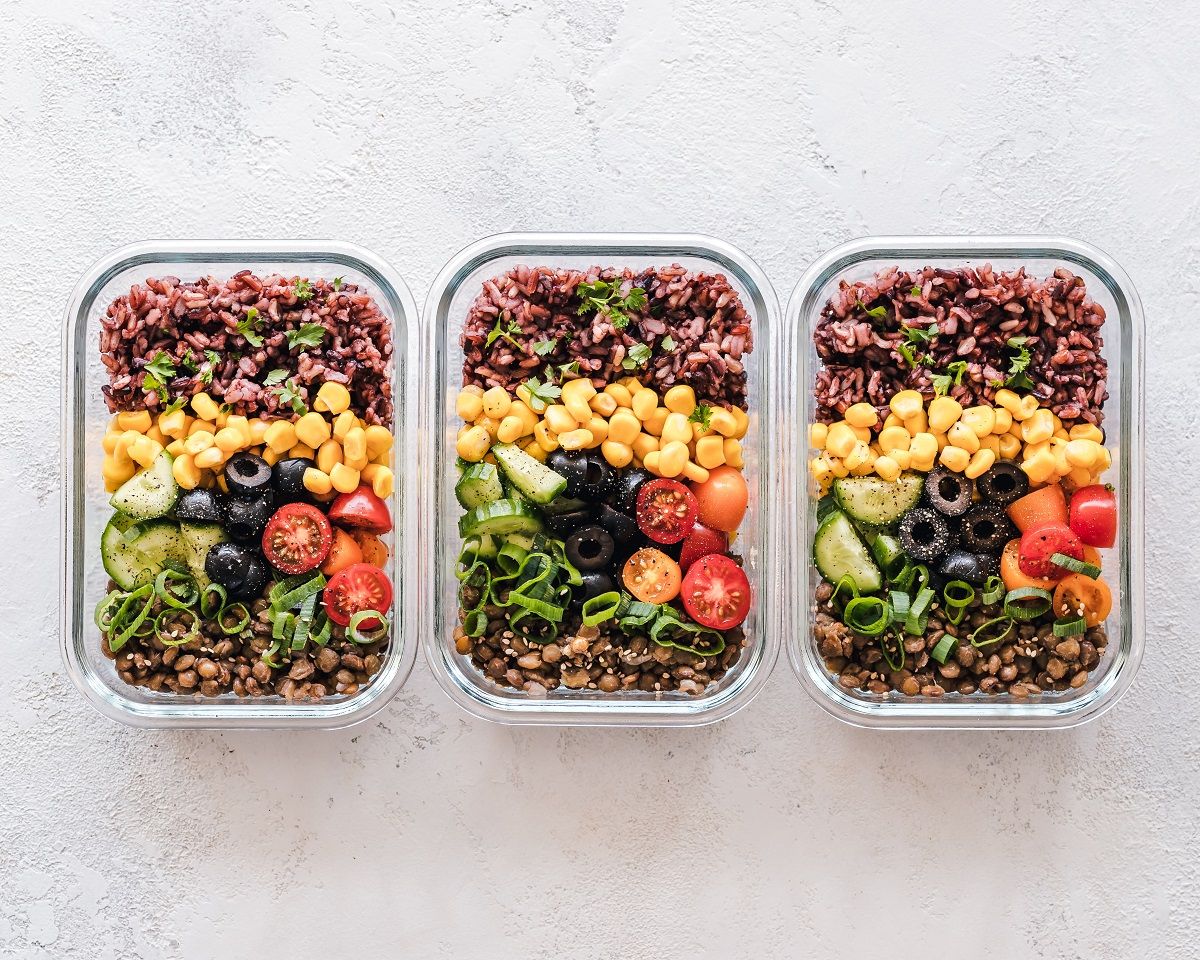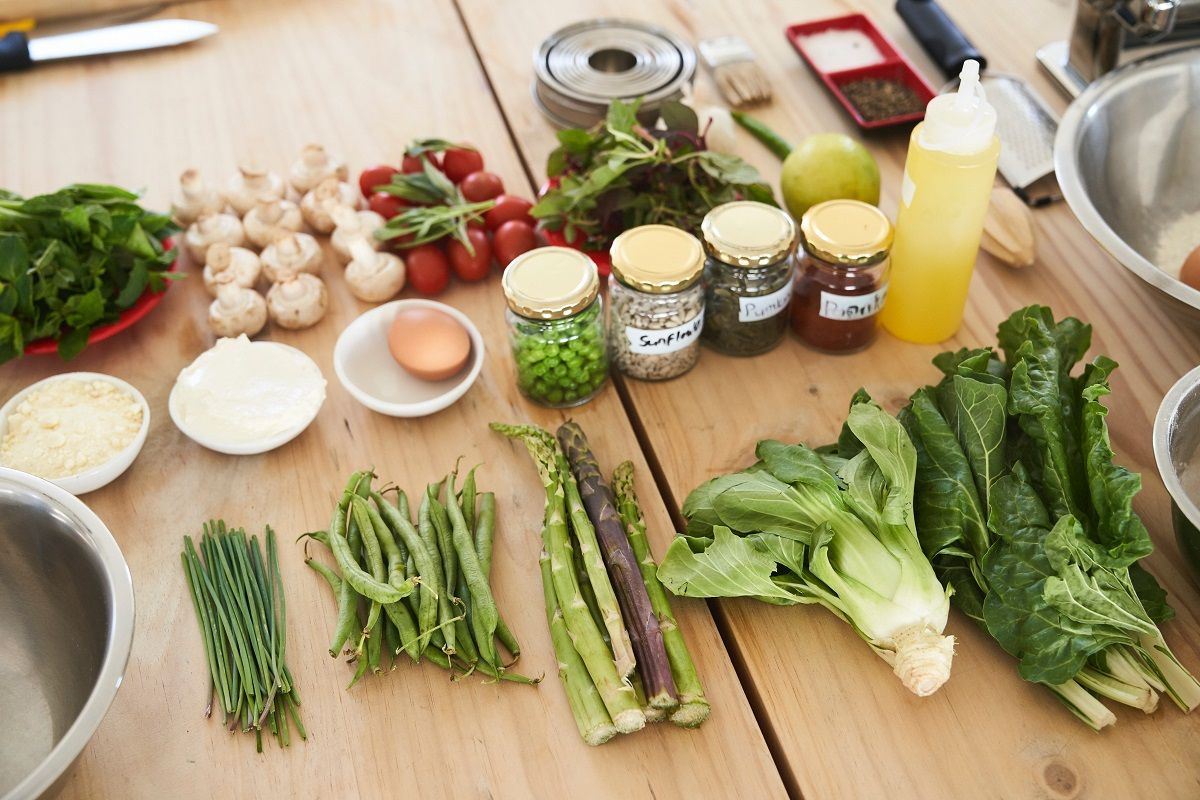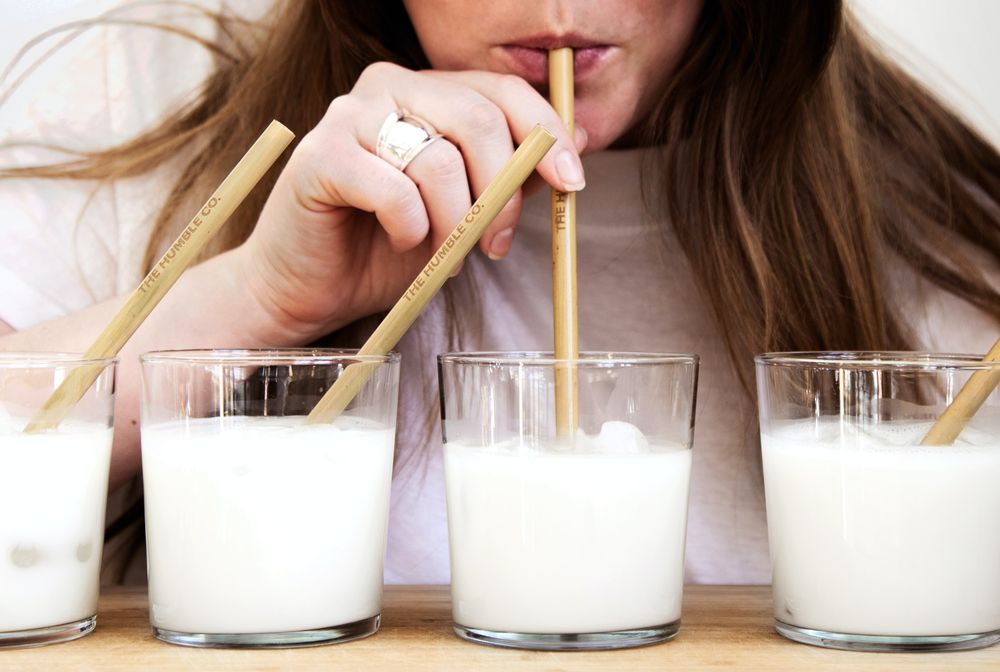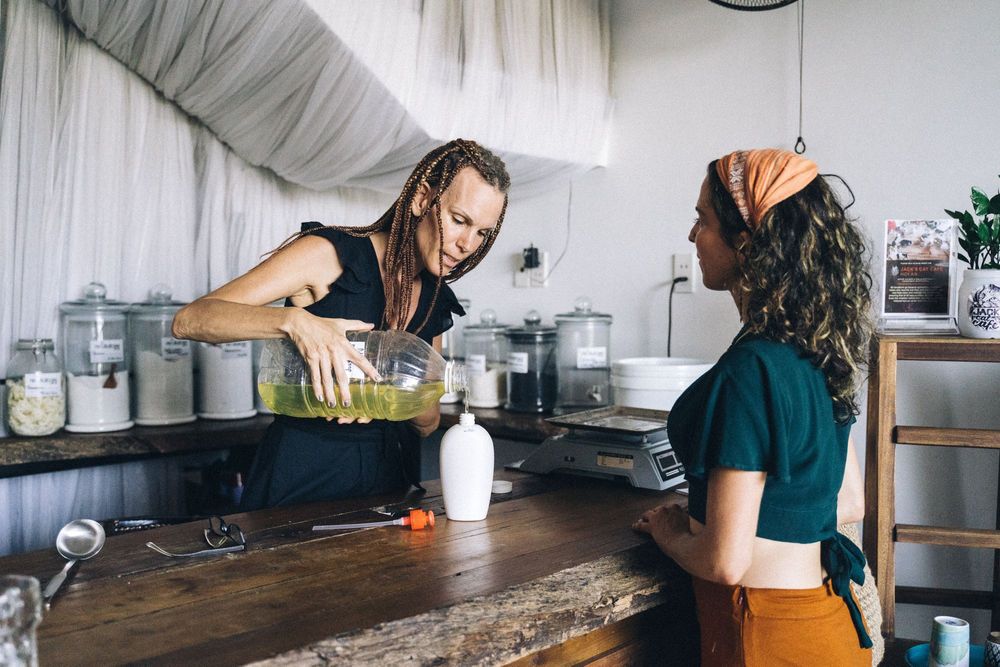At NatureHub, we love healthy, organic food.
But we also know that a lot of our followers struggle to create an effective meal plan that allows them to a) choose the best recipes, b) find the right ingredients, and c) prep their meals.
It’s a real shame because meal planning can be one of the best ways to boost your nutrition intake, whilst ensuring you save time, money, and prevent stress. It can also be your golden ticket to being a more conscious consumer.
The good news is that we’ve decided to create this article, which is a low-down on how beginners can create their very own meal plan. Ready? On your marks? Let’s go!
Ask yourself: why am I doing this?
Meal planning isn’t for everyone. I have a handful of friends that do it, as well as a handful of friends for whom meal planning has never crossed their minds.
See, the key to meal planning is knowing why you want to do it in the first place. Are you looking to save time and money, eat healthier, do your bit for the planet in terms of preventing waste… or maybe you’re looking to add a bit more variety to meal time? Maybe you’re doing this for mental health reasons, too.
Whatever your Why is, you need to identify it before we dive properly into things.
Understand what goes into a healthy diet
Whilst people who plan their meals have different reasons for doing so, most would admit that they want to eat healthier.
Before you select your recipes, then, it’s a good idea to understand what goes into a healthy diet:
🍳 Proteins, such as chickpeas, nuts, tofu, lentils, beans, and eggs. If you eat meat, you can include animal protein here, too
🍎 Fruits. All the fruits, of course
🌽 Veggies. Again, you’ll want to include all the veggies here, but everyone has their faves. That said, if you’re looking to get healthier, I definitely recommend adding as many leafy greens — such as spinach and kale — into your meal plans as possible
🍚 Carbs. Brown rice in particular is essential to lots of people’s meal plans, and it’s perfect for things like buddha bowls
🥑 Healthy fats, like avocado and olive oil. Here’s an excellent source on healthy fats.

Select your recipes
The recipes you choose will be based largely on your reason for doing this in the first place. It’s a crucial step in the process and it’s important you take your time with it.
To help you choose, first pick a number of meals you want to make during the week. Most people decide to make their own meals five days/nights a week, but you could also start with three if you’re busy.
It’s also up to you to decide whether or not you want to plan meals for breakfast, lunch, and dinner.
Then, write down what you’ll be doing on each day as this will dictate what type of meals you’ll be making. For example, maybe on Monday you’ll be at home all day, whilst on Tuesday you might be working late. As such, whatever you make on Monday could also double-up as Tuesday’s lunch.
Here are some more tips for selecting your recipes:
🍅 Try new recipes and ones you already know (nothing excites us more than trying a new recipe, but nothing gives us more confidence than starting with one we already know well). For example, sign up for NatureHub for our green, clean, meal prep-friendly recipe selection
🍅 Choose recipes that use popular ingredients (if a recipe contains evergreen ingredients that are always in your pantry, they’re generally a winner for meal plans)
🍅 Find meals that are great for leftovers
🍅 Find recipes that you actually want to eat (kinda important!)
🍅 Find seasonal recipes (these will ensure you can buy local, organic food that is in season from a farmer’s market, for example)
🍅 Follow YouTube chefs to get more of an idea of the kind of recipes you’ll enjoy cooking and love
Prepare a grocery list that works
To prepare a grocery list that works, and that saves you from creating food waste and spending money unnecessarily on ingredients you probably won’t even use, you first need to start by drawing up a ‘master list’ of all the ingredients you need for the coming week.
Once you’ve got this list, have a rummage through your cupboards, fridge, freezer, and pantry to see if you’ve already got some of the ingredients. If you have, you can cross them off. This will help you prevent food waste.
Whatever you don’t already have in the fridge can stay on your pared-down list.
Then, annotate your list by noting where you can purchase each ingredient. For example, you could get your veg and meat from a farmer’s market, whilst you might want to visit a local health food store for your spices and so on. Again, feel free to check NatureHub to see if there are good, green, sustainable businesses around you — or add your favorites.
Once you’ve done this, you could create a new list if you like that includes separate sections — one for the farmer’s market, one for the health food store, one for the grocery store and so on.
Then, it’s time to go shopping. I definitely recommend that you head out on a full stomach, as heading out on an empty stomach often causes us to have eyes bigger than our stomachs! In other words, we may end up buying food that seemed like such a good idea at the time (such as pizza, burgers, ice cream, etc.), but which we never get round to eating.

Prepare your meals
Mostly everyone who uses meal plans prepares their meals on the Sunday at the start of a new week.
Why prepare your meals? Because it will prevent you from getting exhausted and weary as the week goes along. It’s just one less thing to do on those weekdays that have already dragged on thanks to work.
So, what should you do to prepare your meals?
It entirely depends on the recipes you’ve chosen, and you’ll no doubt tweak your Sunday every week as you go along. For example, you might start by washing your vegetables and chopping them, and you could cook some ingredients.
You could also prepare some hard-boiled eggs that will last all week if they’re in your recipes and create a few veggie and rice buddha bowls.
Don’t forget to save time by measuring out your spices, too, and anything else that needs measuring.
And if you're the kind of person who’ll be having smoothies for breakfast, why not prepare them ahead of time by blending them, pouring them into Mason jars and freezing? You will, of course, need a fair bit of freezer space, but it just depends how many you’ll be making.
As the days and weeks go by, you’ll learn more about what you can get done on the Sunday. You’ll also learn about recipes that let you use the same ingredients. This will allow you to get even more done on the Sunday.
What’s next?
Hopefully this article has helped you understand what’s needed in order to create your own meal plan!
Just remember that meal plans are there to remove the stress from cooking each week. As such, it’s really important that you develop a plan and a method that makes your life a lot easier. If something isn’t working, just make tweaks.
Whatever you do, I hope you have a great time preparing, cooking — and eating.
If your liked this article, make sure to check out these two: How to Develop Healthier Eating Habits and How to Transition to a Greener Diet Like a Boss





